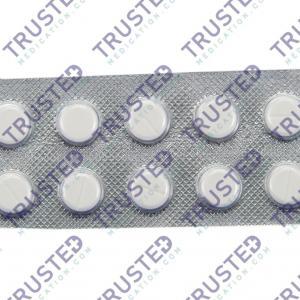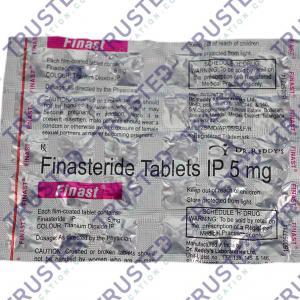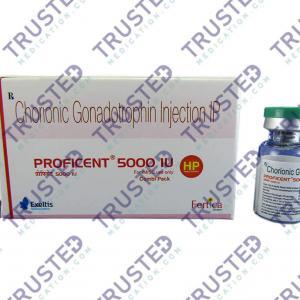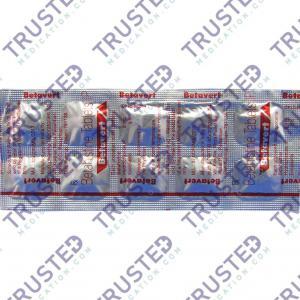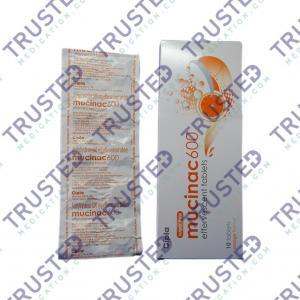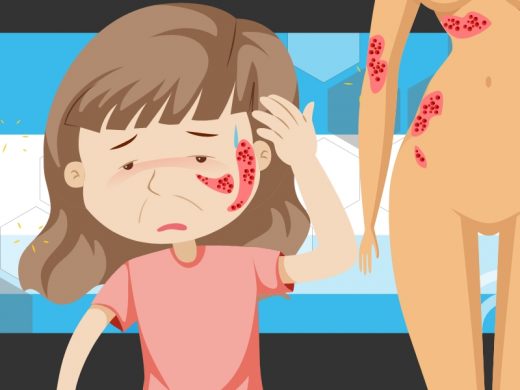
Shingles are a viral infection that causes a painful rash. It can occur anywhere in the body and it often appears as a shingle stripe of blisters that wrap around the left or right side of your torso.
Shingles are caused by the Varicella-zoster virus. It is a similar virus that causes chickenpox. After the chickenpox outbreak, the virus lies inactive in the nerve tissue near your spinal cord and brain. After some years, it activates and appears as shingles.
Most cases of shingles clear up within 2 to 3 weeks. Shingles often affect one side of the body. It occurs in the waist, abdomen, chest, and back.
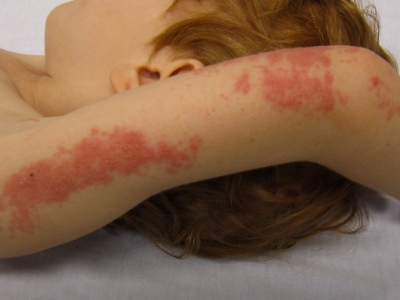
Symptoms of Shingles
- Burning pain
- Constant and dull pain
- Sharp and stabbing pain that comes and go
- Skin rash that resembles chickenpox
- Fluid-filled blisters that develop as part of the rash
- Numbness or tingling
- Sensitivity to touch
- Red rash that occurs a few days after the pain
- Itching
- Headache and fever
- Fatigue and sensitivity to light
- Pain is the initial symptom of shingles
Seek medical help if symptoms include:
- Pain and rash that occurs near the eyes as it can increase your risk of eye damage
- If you are 60 years old and have shingles. It can increase your risk of other complications
- You or someone in your household has a weakened immune system due to chronic illnesses
- The rashes are widespread and painful
Are Shingles Contagious?
An infected person can spread the illness to anyone who is not immune to chickenpox. It spreads through direct contact with the infected person. Once infected, you will develop chickenpox and it can be dangerous. Until your shingle scab over, you are contagious and should avoid physical contact with other people.
What are the Risk Factors of Shingles?

- Age. Being older than 50 can increase your risk of having shingles and other viral infections.
- Having chronic disease. Illnesses can weaken your immune system and increase your risk of other infections.
- Undergoing cancer treatments. Radiation therapy can reduce your resistance to shingles.
- Taking certain medications. Steroids and some medications can increase your risk of shingles.
How to Diagnose Shingles?
Your doctor will diagnose shingles based on your symptoms and history of pain. Your doctor may also scarp some tissue of the blister to examine and determine the type of infection.
Treatment for Shingles
Treatment for shingles includes antiviral medications. It can prevent the spread of complications and promotes recovery. Generally, shingles should be treated within 72 hours of developing symptoms. You can also use Beauty and skincare products to stave off the marks of blisters.

